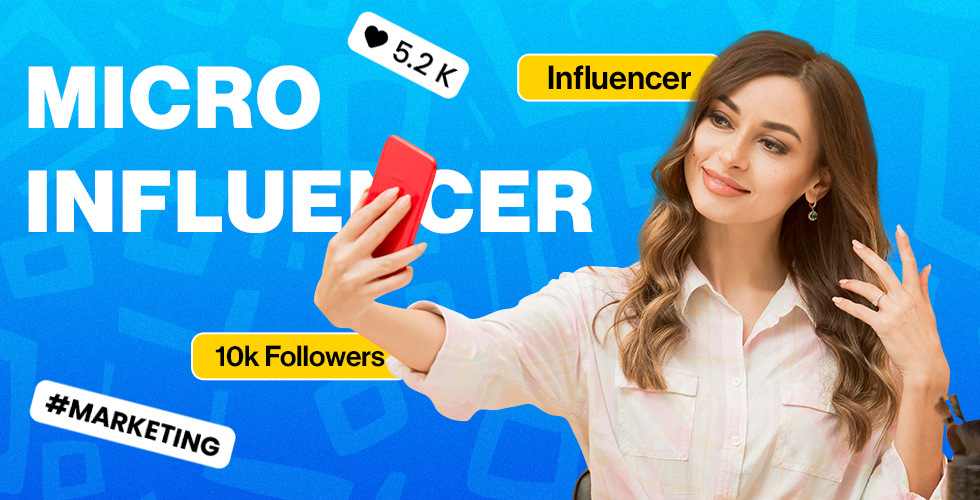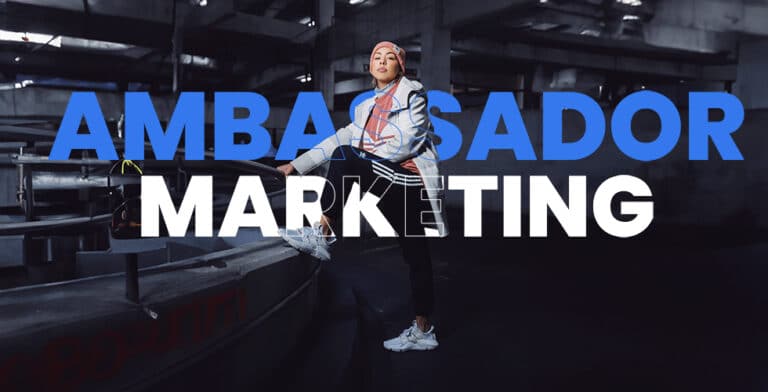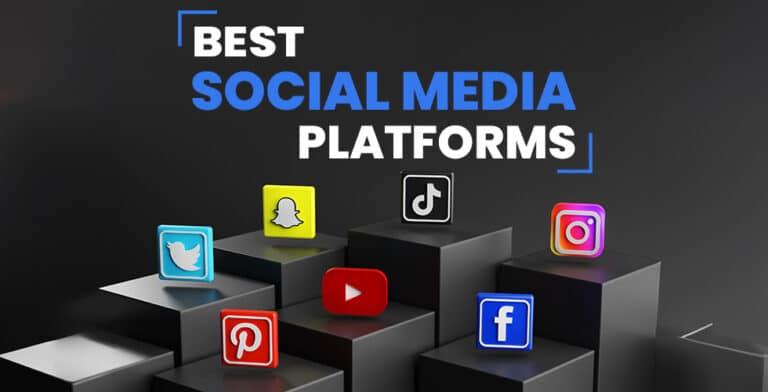If you’re not aware of the power of micro-influencer collaboration then hear this, 77% of marketers consider micro-influencers as their first choice for collaboration instead of traditional or macro influencers. So, if you’re thinking influencer marketing is too expensive for your brand, you always have the opportunity to take advantage of the nano or micro-influencer collaboration.
Micro-influencers are a unique segment within influencer marketing. Unlike traditional influencers, micro-influencers have lower follower counts within a specific niche. They are mostly niche-based influencers with a relatively small following, typically below 25,000. They may not have the same celebrity status as major influencers with millions of followers.
However, their engaged audiences make up for the smaller size of their follower base. Micro-influencers tend to enjoy active and involved audiences. Additionally, there is another category called nano-influencers, who have followers in the thousands.
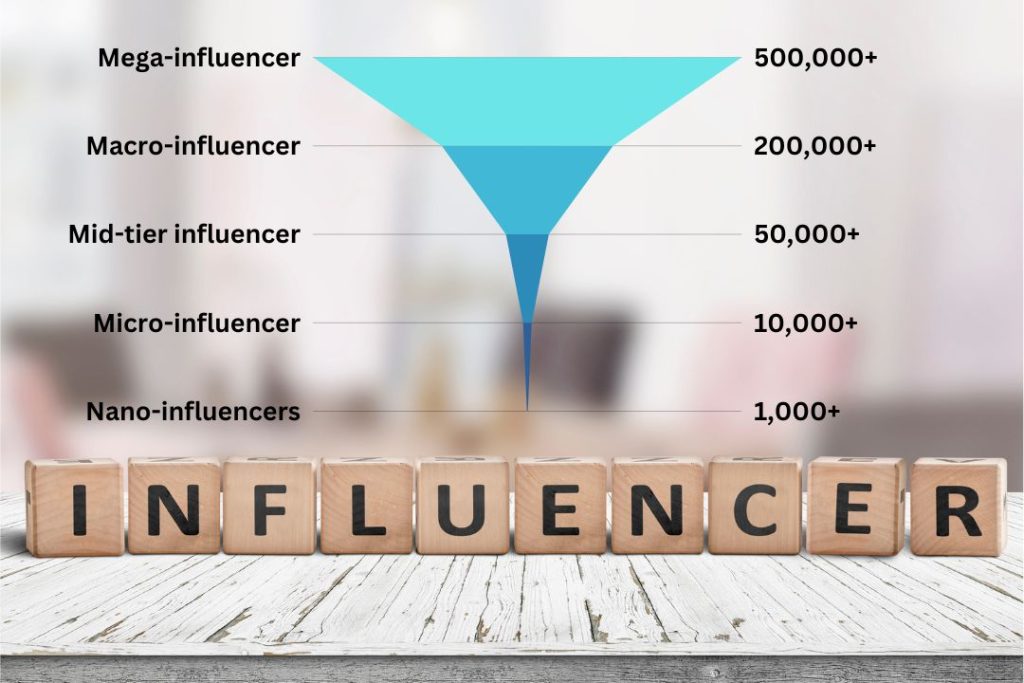
By understanding the nuances of micro-influencers and recognizing the value they bring, brands can effectively tap into their hyper-focused audiences and leverage their strong engagement for successful marketing campaigns.
How does Micro Influencer Collaboration Drive Brand Success?
Influencer marketing continues to demonstrate its versatility, offering effective solutions for brands across various niches and goals. One particularly interesting aspect of influencer marketing is collaborating with micro-influencers.
It is important to understand the distinctions and benefits of micro-influencer marketing compared to conventional influencer marketing. Let’s explore the benefits of micro-influencer collaboration and how they are driving brand success.
Credibility
As influencers gain popularity, their appeal to brands increases, yet safeguarding authenticity becomes crucial for their sustained success. The frequency of sponsored content shared by an influencer can impact their followers’ trust and raise doubts about their motivations.
Consequently, brands must conduct thorough research on influencers, taking into account the frequency of sponsored posts and the nature of their content. By scrutinizing an influencer’s approach to sponsored content, brands can gauge their level of investment and discern whether they genuinely care about the brands they collaborate with.
Low Cost, High ROI
The payment a brand makes to an influencer for sponsored content is often determined by the influencer’s following. Utilizing a large number of micro-influencers can yield positive outcomes at a fraction of the cost compared to a mega-influencer marketing campaign. Many brands rely on micro-influencers to provide product reviews, unboxings, demos, and captivating images.
Even prominent brands, which are willing to pay significant sums to mega-influencers for a single post, turn to micro-influencers to consistently generate relatable content. Moreover, these influencers are eager to expand their fan following. So, they go to extra mile for their brand partners in order to establish long-term relationships. As a result, brands generally experience a strong return on investment (ROI) when working with micro-influencers.
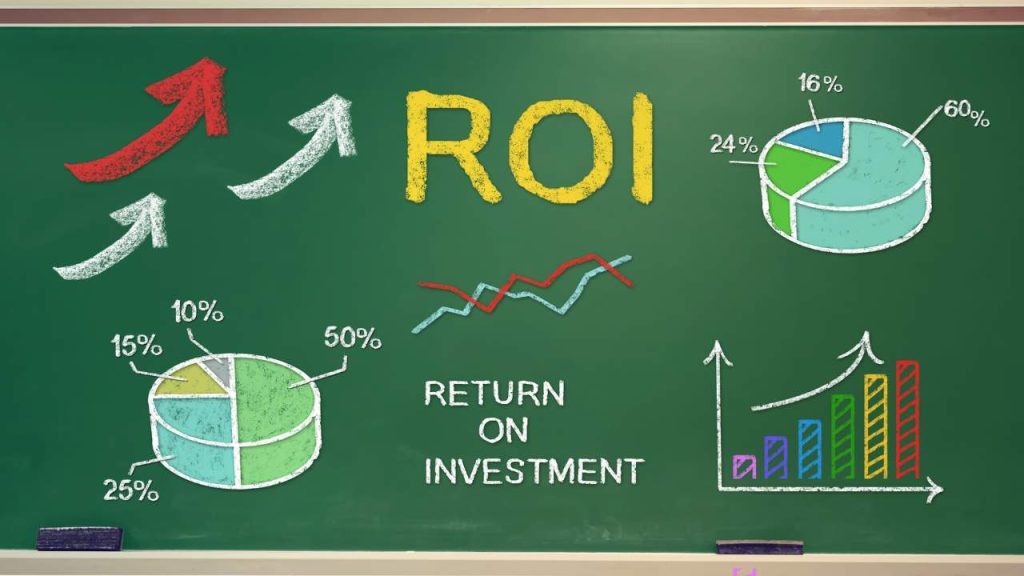
Diverse Market Reach
By leveraging the affordability of micro-influencers, brands have the opportunity to amplify their reach by collaborating with multiple influencers who cater to various market segments. This strategy enables brands to engage with influencers from different age groups, races, and sexual orientations, thus effectively reaching audiences that may be overlooked when solely relying on a limited number of macro-influencers. Through this approach, brands can tap into diverse consumer demographics and expand their brand presence in a cost-efficient manner.
Better Engagement
Despite having smaller follower counts, micro-influencers offer unique advantages in terms of engagement and conversion rates for sponsored content. Micro-influencers excel in actively engaging with their followers by addressing queries and fostering conversations within comment sections. Micro-influencers have been shown to generate up to 60% more engagement compared to macro influencers.
Moreover, micro-influencers boast a conversion rate that is over 20% higher, providing brands with a valuable opportunity to enhance their e-commerce sales. Unlike top social media influencers who may struggle to personally respond to feedback and interact with followers on an individual level, brands that prioritize engagement over reach are ideally positioned to collaborate with micro-influencers.
These followers are more likely to actively comment, engage with the content, and crucially, make purchases. Therefore, even though micro-influencers may have smaller followings, collaborating with them can yield remarkable sales value for brands.
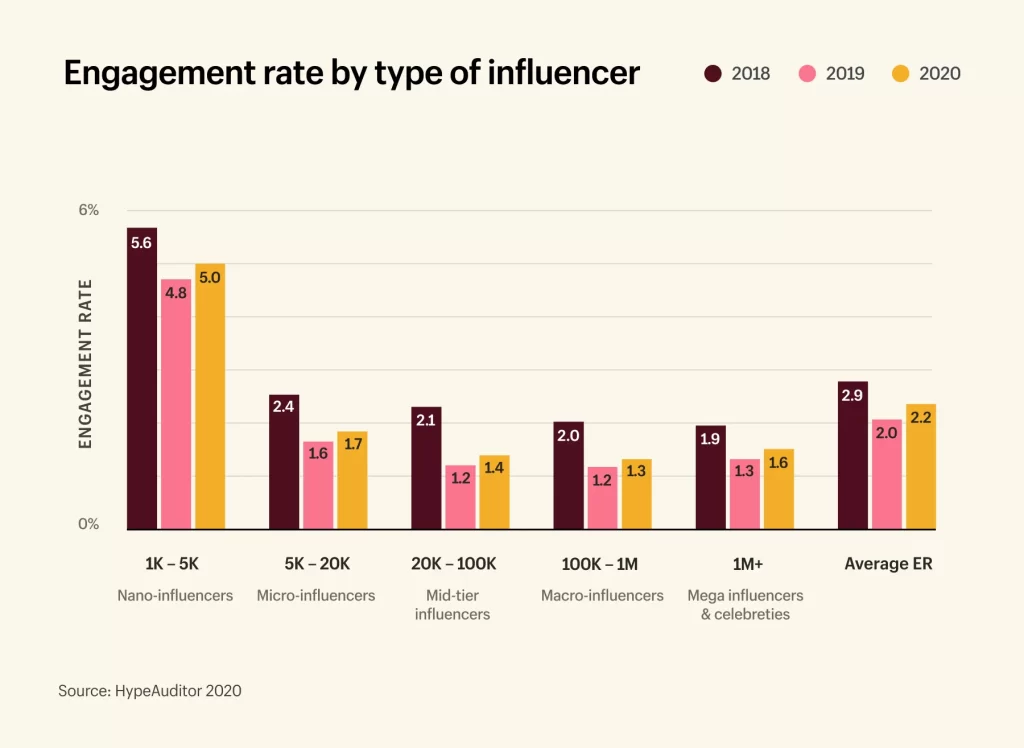
Target Niche Market
Micro-influencers possess the ability to captivate audiences with content focused on specific interests. These micro-influencers often establish themselves as experts in their respective fields and amass followers who share their unique and specialized passions. By collaborating with these micro-influencers, brands can tap into these highly curated communities, allowing for precise targeting that is difficult to achieve with macro-influencers.
For example, your brand sells outdoor gear, when you align your brand with a micro-influencer who specializes in this field, you can effectively reach a highly engaged and targeted audience for your outdoor gear or adventure-related services.
Top Brands That Collaborate With Micro-Influencer
Daniel Wellington
One notable brand that collaborates with micro-influencers is Daniel Wellington. This Swedish company is renowned for its high-quality and stylish timepieces. By strategically partnering with micro-influencers, Daniel Wellington has effectively expanded its customer base and achieved significant success.
The brand has specifically targeted bloggers with smaller yet dedicated followings, particularly those focusing on lifestyle content. In exchange for a sponsored post on Instagram promoting the brand, Daniel Wellington provides influencers with a watch or other enticing incentives.
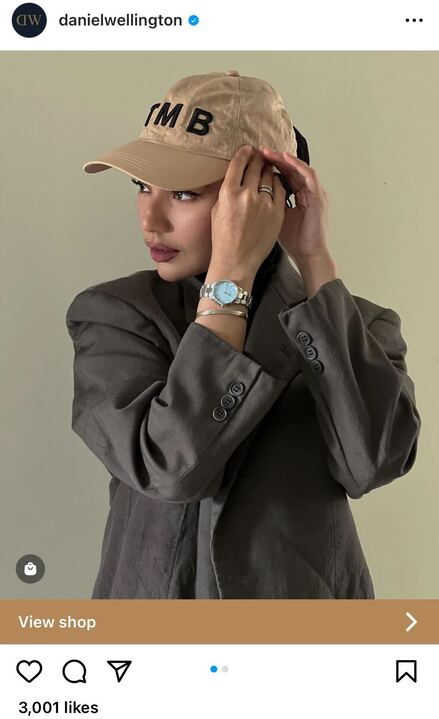
Nike
Nike, a leading brand in the global market for fitness gear, footwear, and accessories, surpasses all others in its industry. With an impressive and continually expanding Instagram following of over 250 million, Nike’s dominance is evident. While you may be keen to collaborate with Nike, it’s important to note that the company does not accept influencer applications to become brand ambassadors. Instead, Nike actively seeks out influencers, going the extra mile to identify suitable partners for their brand. In that process, Nike collaborated with several micro-influencers.
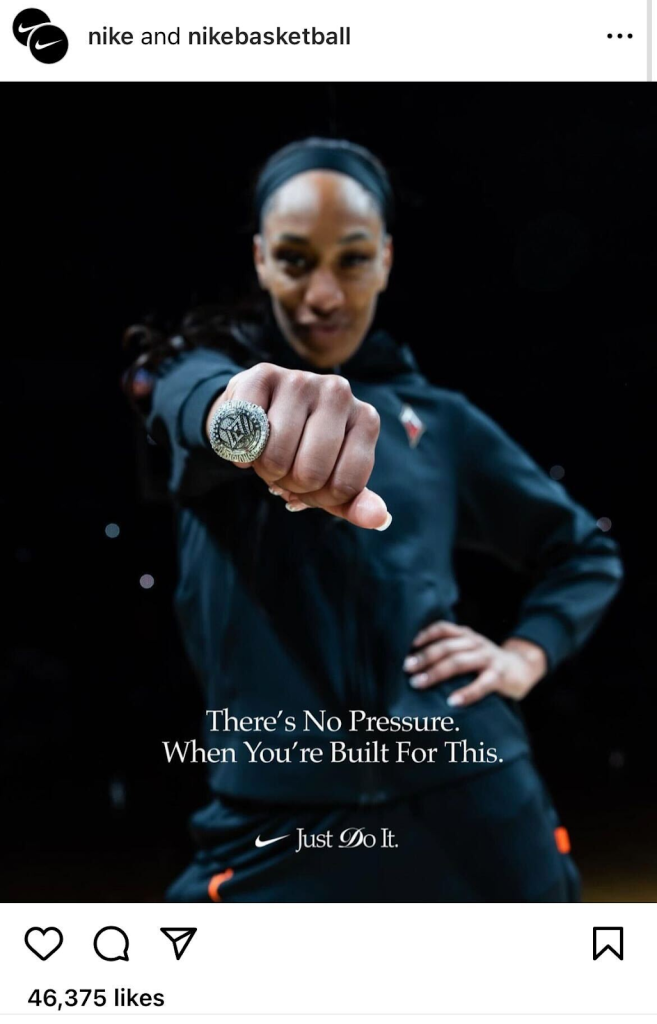
Canon
Canon, a renowned brand in the photography industry, leverages micro-influencers to enhance its brand presence and reach a more targeted audience. As a micro-influencer, your work and story will be prominently featured on Canon’s brand ambassadors program page. This opportunity allows you to showcase your photography skills and share your journey, gaining recognition within Canon’s community of like-minded enthusiasts
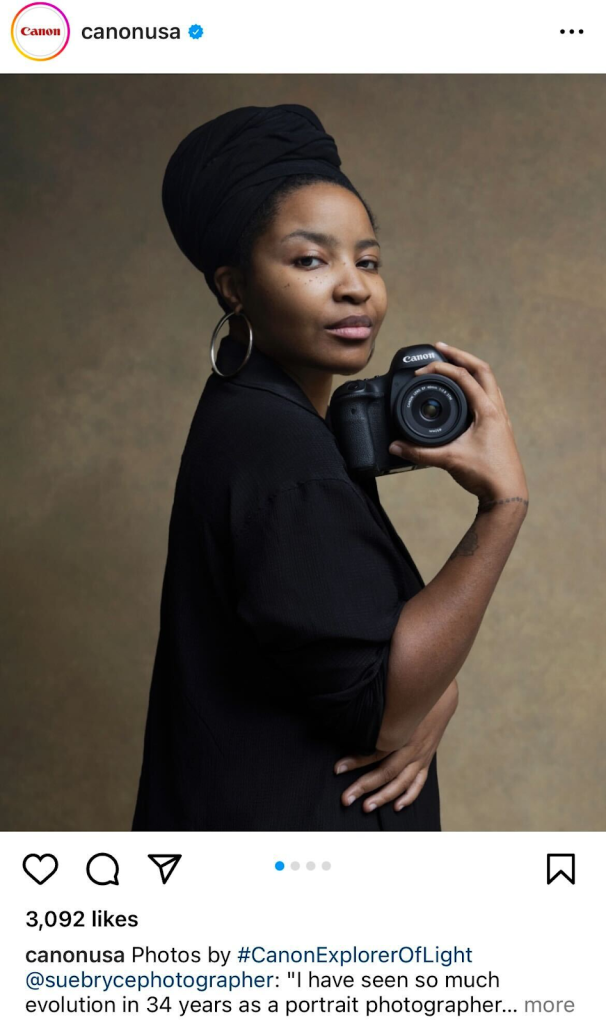
Audible
Audible’s (an audiobook brand) collab with Jesse Driftwood (photography micro-influencer) is now basically a textbook example of an extremely well-paired brand and creator.
At the time, Driftwood was followed by his fans for his stunning photography and solid way with words making him seem easy to approach and have a conversation with, which was exactly the tone that Audible needed to translate their message. And wouldn’t you know it – just one of Jesse’s posts ticked all the boxes – pleasing to look at, conversational, fun, and translating the brand’s message straight to the point.
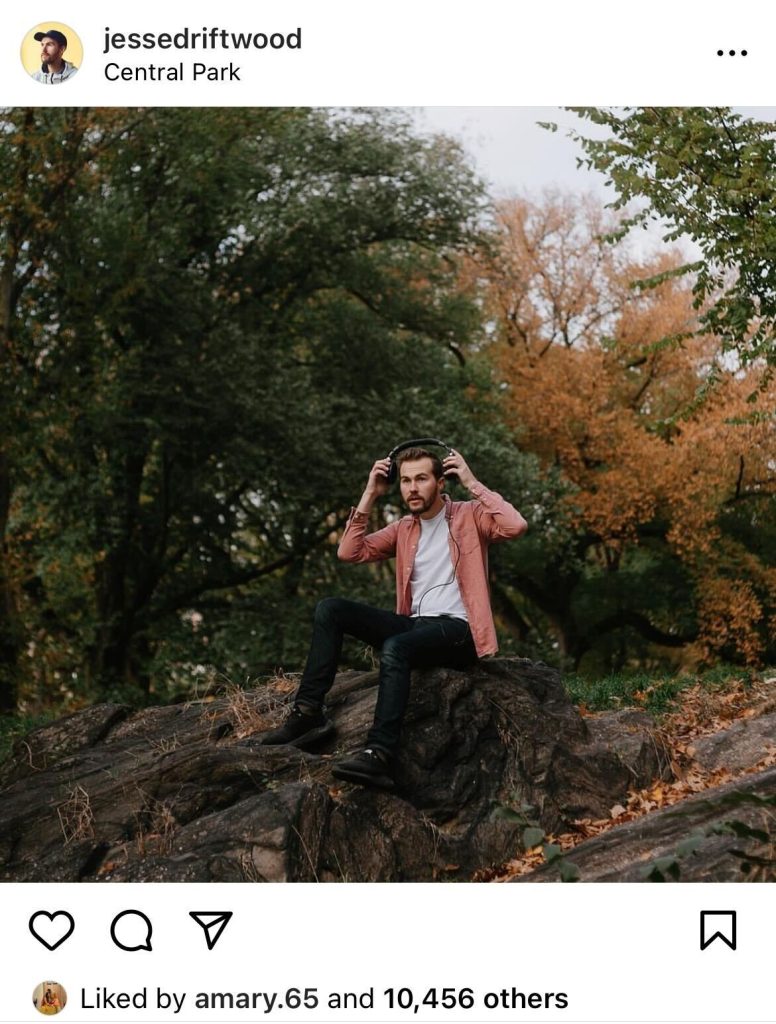
Fitbit
Fitbit, a prominent fitness technology brand, takes a unique approach to promoting its devices by featuring posts from its community members, micro-influencers, and customers. They put emphasis is not on the number of followers these customers have, but rather on the narrative behind their Fitbit experience.
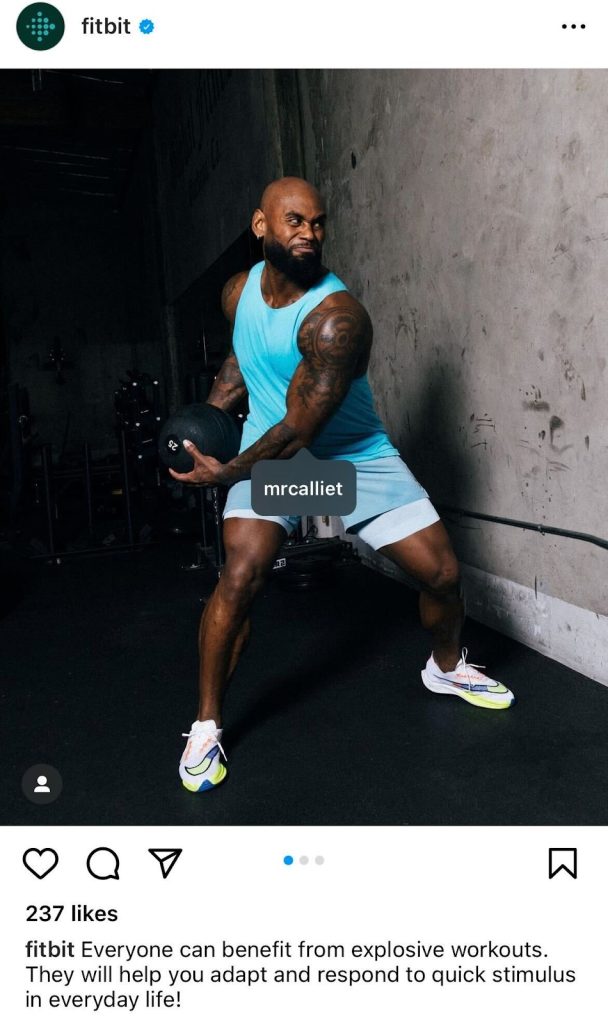
How To Measure The Success of Micro-Influencer Campaign?
Once your micro-influencer campaign wraps up, it’s time to review its performance. Request a detailed report from the collaborating influencer to gain insights into your own campaign data. Measure the success of the influencer marketing campaign and revisit the goals you established and assess whether they were met. Embrace any shortcomings as valuable learning opportunities and make note of areas where you excelled. This knowledge will empower you to refine and enhance your future micro-influencer campaigns.

